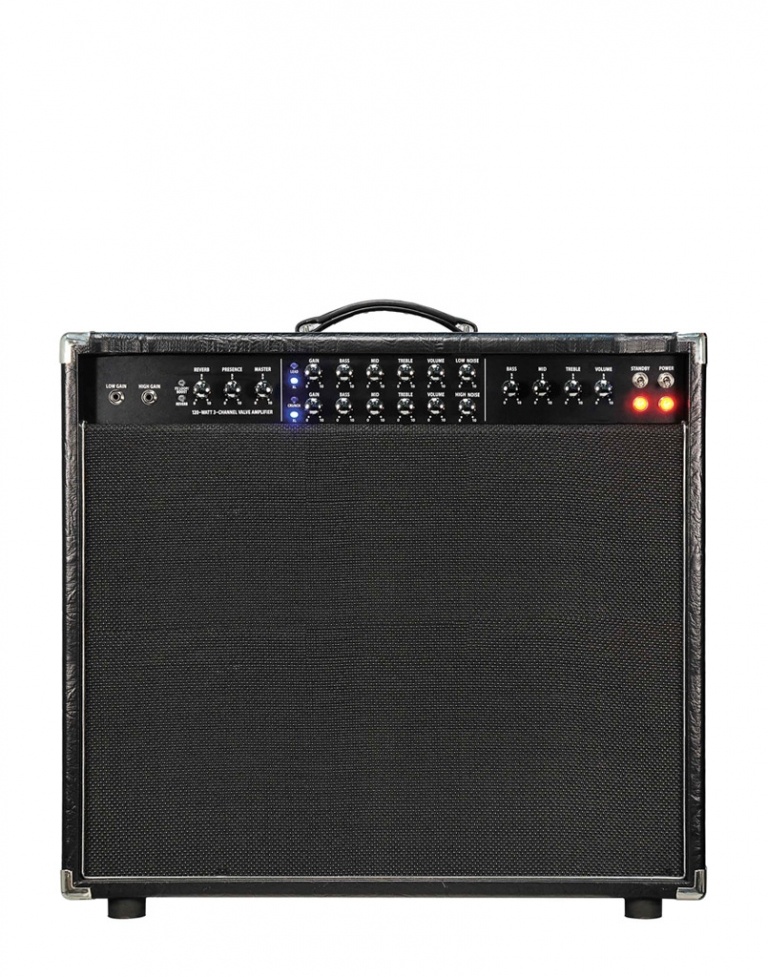Basics
The job of an amplifier is to boost the signal created by an electric guitars pickups. As well as boosting the volume of a guitars signal, amplifiers also have various controls which allow a guitarist to shape the tone of the sound being produced. Some of these controls include Bass, middle and treble which are used to shape the EQ (equaliser) settings. Another important control is the gain dial which basically controls how distorted the signal is. Gain is otherwise known as overdrive or distortion, a sound crucial to any Rock guitarist. Some amps also have effects built in including reverb or Chorus.


